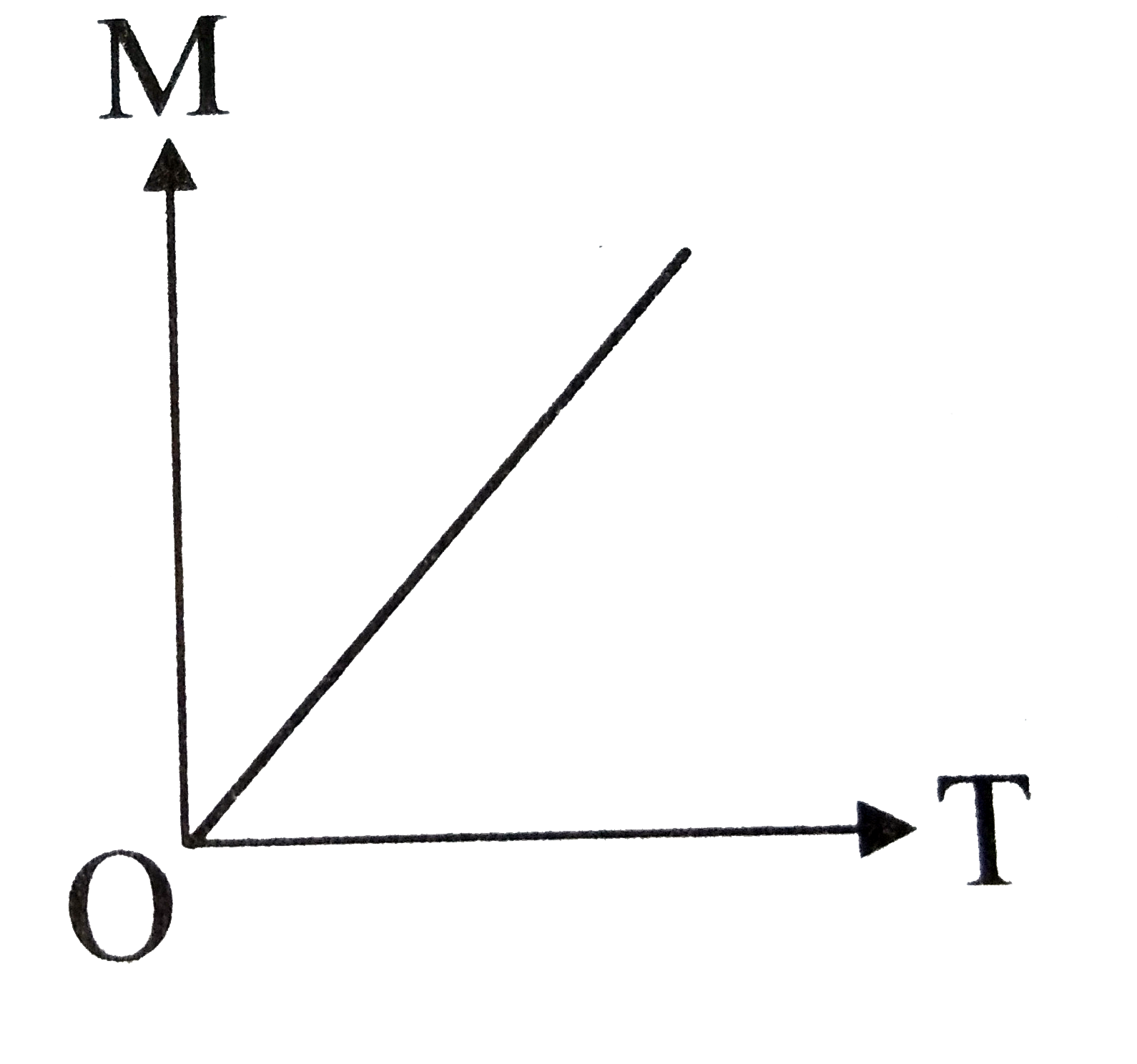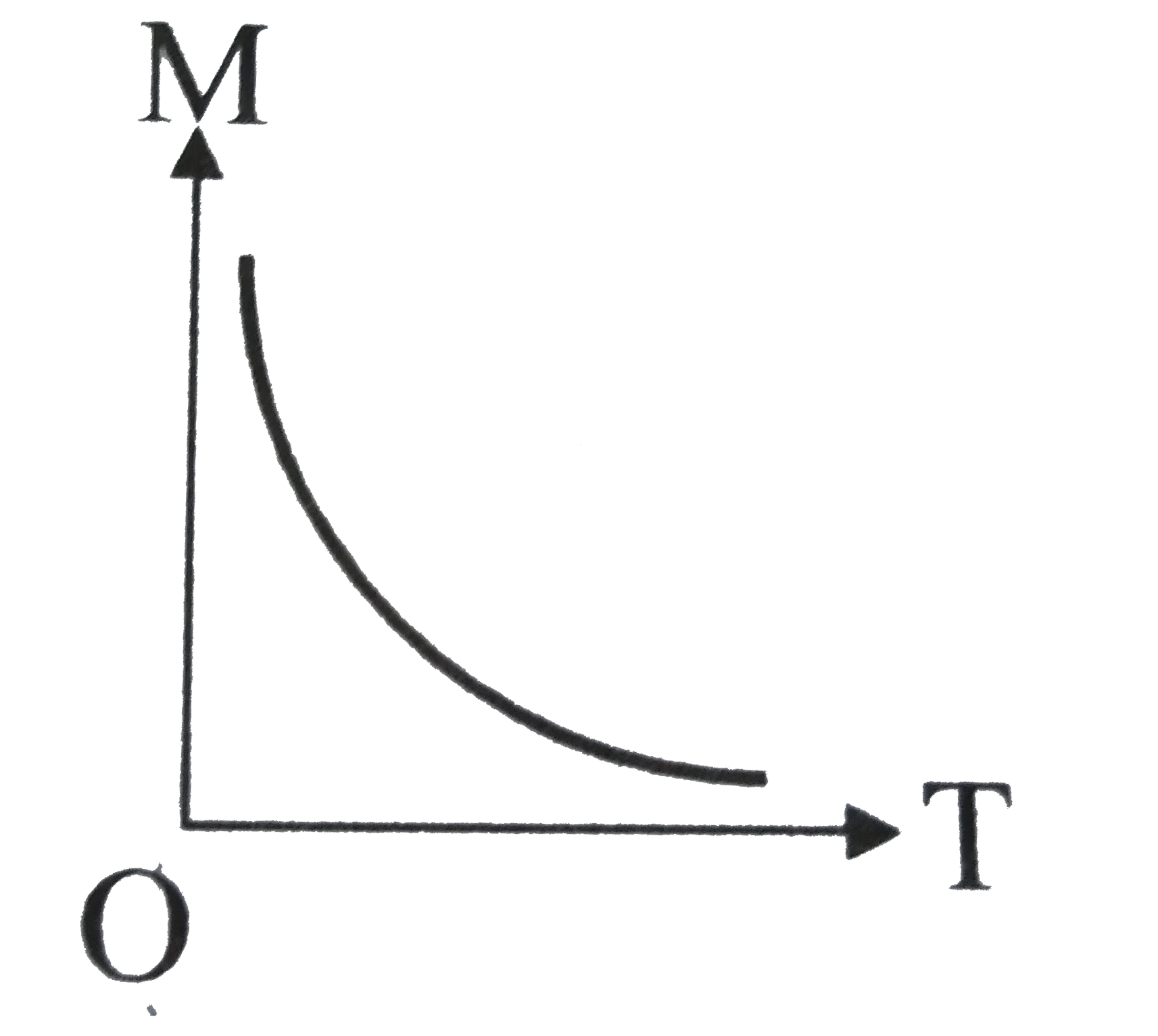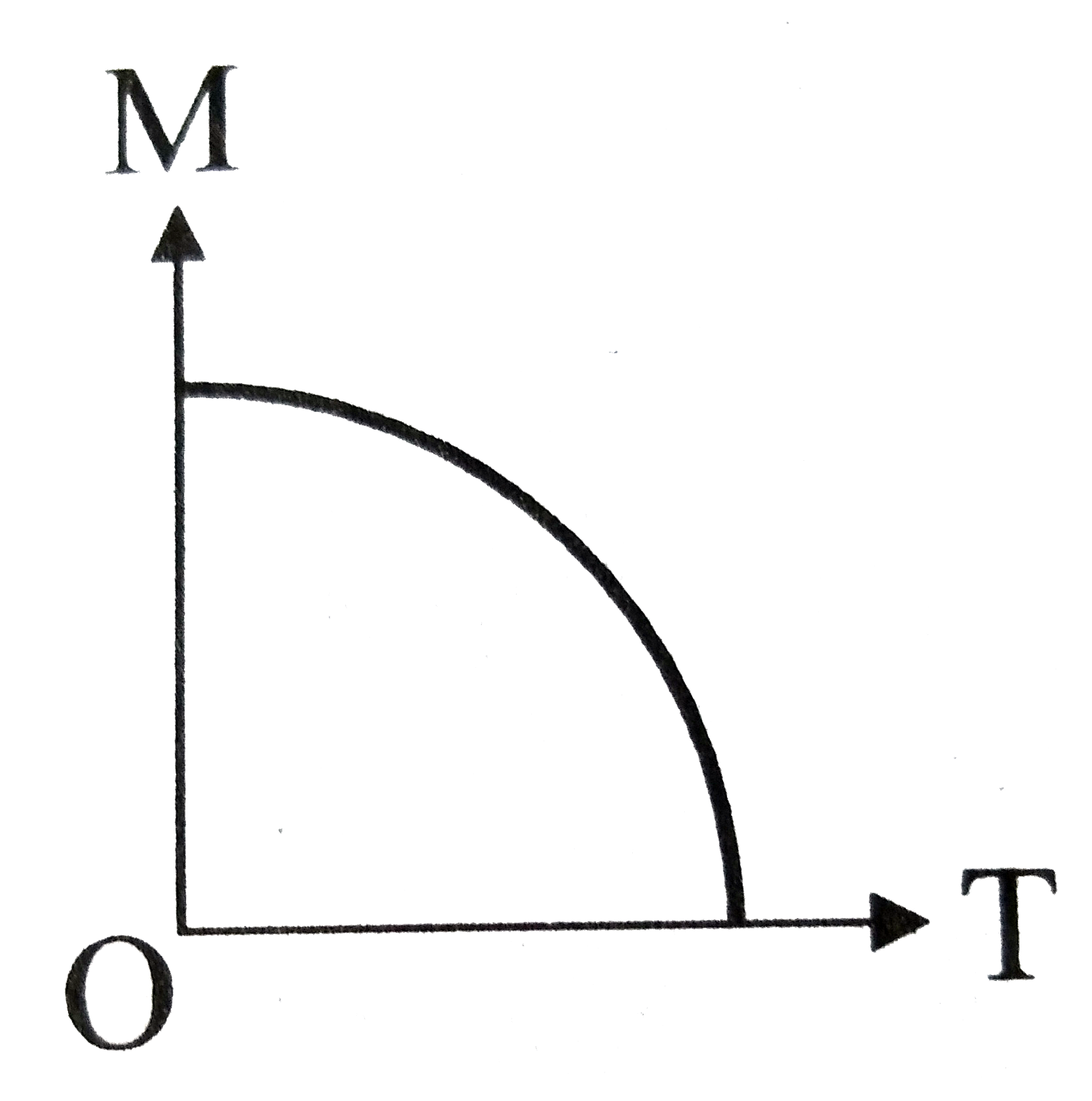Explain qualitatively on the basis of domain picture the irreversibility in the magnetisation curve of a ferromagnet.
Text Solution
If we consider magnetisation curve (B-H curve) for a ferromagnetic material then increasing H means alignment and merger of domains and consequently rise in value of B. Now even when H is made zero, the domains are not completely randomised. Further if H is reversed and slowly increased, certain domains are flipped until the net field B becomes zero. It clearly shows the irreversibility of the magnetisation curve of a ferromagnetic material.
|
Topper's Solved these Questions
- MAGNETISM AND MATTERBOOK - U-LIKE SERIESCHAPTER - MAGNETISM AND MATTEREXERCISE - CASE BASED/SOURCE-BASED INTEGRATED QUESTIONS
8 Videos
- MAGNETISM AND MATTERBOOK - U-LIKE SERIESCHAPTER - MAGNETISM AND MATTEREXERCISE - MULTIPLE CHOICE QUESTIONS
44 Videos
- MAGNETISM AND MATTERBOOK - U-LIKE SERIESCHAPTER - MAGNETISM AND MATTEREXERCISE - SELF ASSESSMENT TEST (Section D)
1 Videos
- EXAMINATION PAPER 2020 (SOLVED)BOOK - U-LIKE SERIESCHAPTER - EXAMINATION PAPER 2020 (SOLVED)EXERCISE - SECTION D
6 Videos
- MODEL TEST PAPER 1 (UNSOLVED)BOOK - U-LIKE SERIESCHAPTER - MODEL TEST PAPER 1 (UNSOLVED)EXERCISE - SECTION B
1 Videos
Similar Questions
Knowledge Check
A curve between saturation magnetization and temperature of a ferromagnetic sample is
A B
B C
C D
D
Explain ferromagnetism.
View SolutionExplain the following terms with suitable examples :
(i) Schottky defect
(ii) Ferromagnetism.
View SolutionWould the maximum possible magnetisation of a paramagnetic sample be of the same order of magnitude as the magnetisation of a ferromagnet?
View SolutionClassifications of materials on the basis of magnetic property |di-magnetic | paramagnetic | ferromagnetic |hysteresis
View SolutionGive qualitative definition of force on the basis of Newton's first law of motion.
View SolutionExplain the following terms
Ferromagnetic materials
View SolutionShow, that it is impossible to explain the nature of ferromagnetism on the basis of the interaction of magnetic dipoles.
View Solution
